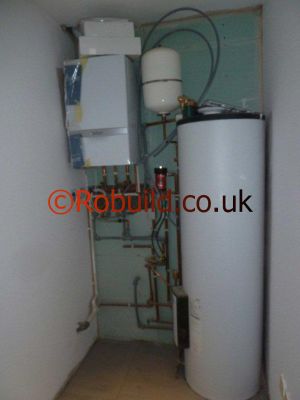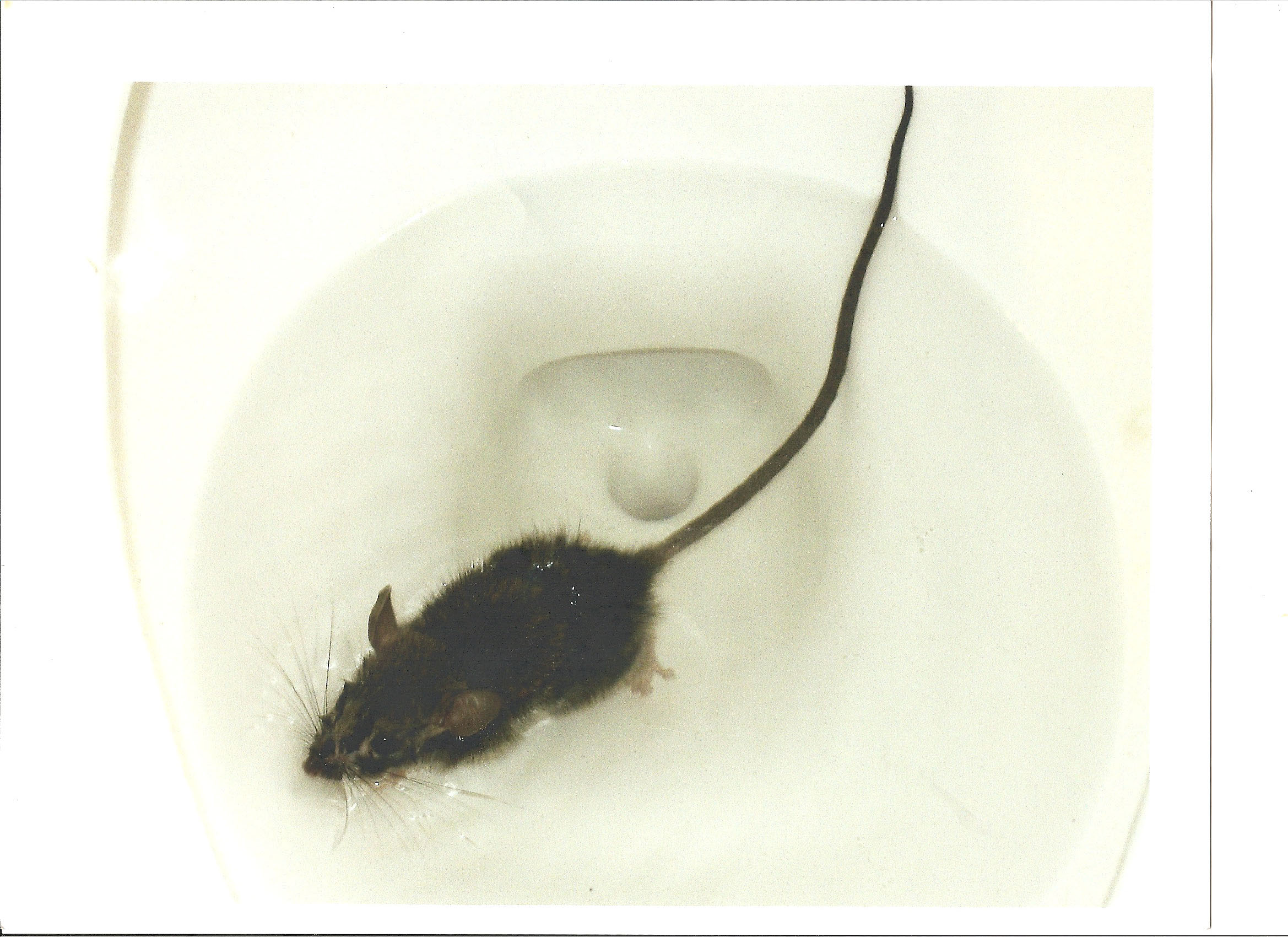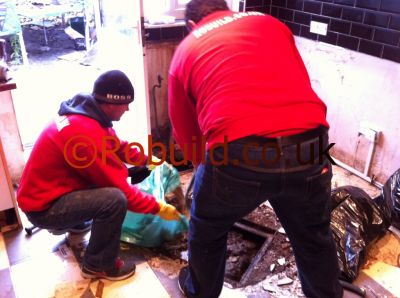Working through the cleaning eye
If the trap under the clogged fixture has a cleaning eye, place a bucket under the trap and remove the threaded eye. After water has emptied from the trap and sin-k, straighten a wire coat hanger, form a small hook in one end, and probe through the trap. If the obstruction is near the opening, you should be able to dislodge it or hook it and draw it out. If not, feed a drain auger first up to the sink opening, then through the back half of the trap. If the blockage is not in the trap, try cleaning beyond the trap .
Removing a trap for cleaning
If the trap has no cleaning eye, shut off the water, unscrew the nut that attaches the trap to the threaded sink waste and detach the trap. Clean it with detergent and a bottle brush. To clear a modern bottle trap, unscrew the bottom half of the trap and probe the fixture . Reassemble the trap and turn on the water.
Augering branch drains
With the trap removed, wind a drain auger into the exposed end of the pipe. The blockage may be in the vertical pipe behind the fixture or in the near-horizontal pipe that connects with the main stack serving the entire house. If the auger goes freely through the waste pipe until it enters the stack, the blockage is probably in a section of the main drainage system, in which case you should clear it. If your waste pipe is made of push-fit plastic sections and is readily accessible, you may be able to dismantle it section by section until you reach the blockage, emptying out any water the pipes contain into a bucket as you go.
Unblocking Bath Wastes
The techniques for unblocking bath wastes are the same as for sinks and basins, except that the trap on a bath-hidden away at floor level behind the side panels of the bath-is usually more difficult to reach than that of a sink or basin. As with sinks and basins, a rubber plunger is the first tool to try. Block up the bath’s overflow opening with a damp rag so that the force from the plunger is not dissipated upwards. Use the plunger as a plug and make sure that there is enough water in the bath to cover the cup completely, then pump the plunger vigorously up and down. If the blockage does not disperse immediately, persevere: the force transmitted from the rubber cup through the water in the pipe may be pushing the obstruction along the waste pipe by degrees, until it breaks down or is freed by being ejected into a main pipe of larger diameter.
If the plunger does not succeed, try a drain auger. The blockage is most likely to be in the trap and it should be possible to remove it by working with the auger through the plughole. If, however, the blockage lies in a branch drain beyond the trap, it may be necessary to remove the trap. To gain access to the trap, you will have to remove a side or end panel from the bath. Bath panels come in many variations, but they generally conform to one of two basic types. The panel may be made of hardboard or plywood, and held in place near the edges, usually with domed mirror screws, In that case, unscrew and remove the domed tops of the screws by twisting them anticlockwise; underneath you will find the slotted heads of the screws that fix the panel to the bath. These are simply removed with a screwdriver. Other baths have moulded plastic panels which are flexible enough to be slotted into place under the lip of the bath. Remove such panels by bending them until you can slip the top edge out from its mooring. Then unscrew or dismantle the trap.
Unblocking W.C.s – toilets
Using o plunger
If a blocked W.C. pan is full to the rim, empty out half its contents. If the pan is empty, add water up to the normal level. Fit a large rubber plunger over the wide opening near the bottom of the pan. Pump 10 times with short, rapid strokes, then lift the plunger quickly. If the blockage has been cleared, you will hear a gurgling sound and the water in the pan will return to its normal level. If the water level sinks slightly but not down to the normal level, the blockage has been only partially removed, in which case you will need to pump again. When you think you have completely cleared the obstruction, test by flushing the W.C.
Using a W.C. auger
Add or remove water as necessary. The W.C. auger-designed specially for clearing W.C.s-has a cranking handle attached to a long sleeve, shaped to guide the auger directly into the trap. Hold the sleeve firmly near the top and wind the hook slowly clockwise into the trap until you reach the obstruction.



